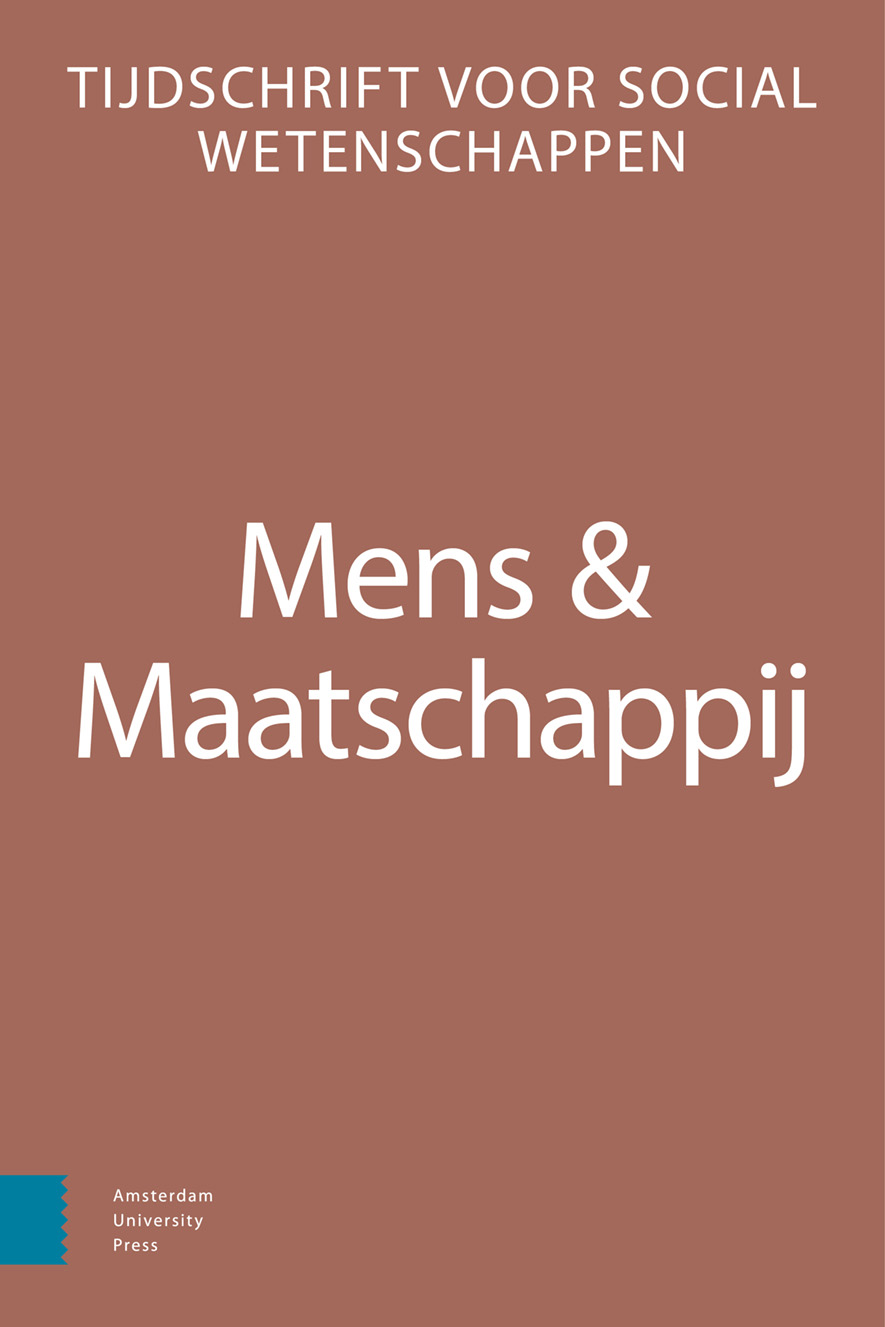
Full text loading...
We use cookies to track usage and preferences.I Understand
Bridging minds and borders: the effects of educational attainment on anti-immigration attitudes in Western and Eastern Europe
Increasing immigration flows into the European Union over the past two decades have created tensions between Eastern and Western European member states over how best to address this problem. This article examines and compares the effect of educational attainment on anti-immigration attitudes in Eastern and Western European countries from 2002 to 2022. It also evaluates whether and how this effect is mediated by cultural and economic threat perceptions in the Eastern and Western European contexts. Using the Hayes process multiple moderated mediation regression model, we find an overall effect of educational attainment on anti-immigration attitudes, which is partially mediated by economic and cultural threat perceptions in both regions. The strength of these mediating effects varies by region and is smaller for both types of perceived threats in the context of Eastern Europe. These results highlight the importance of taking regional differences into account when examining the relationship between educational attainment and anti-immigrant attitudes in the European context, as well as for understanding and developing immigration policy in the EU.

Article metrics loading...

Full text loading...
References


Data & Media loading...

